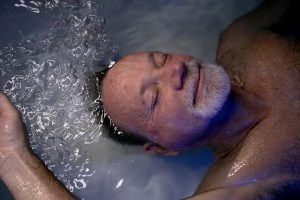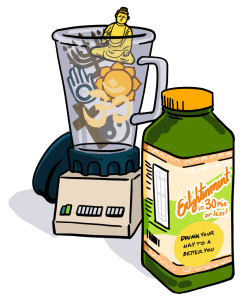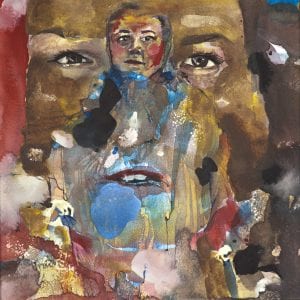Today’s hectic world, with too much screen time on smartphones and tablets, a 24 hours news cycle, and too much stimulation of the brain, has left us anxious and prone to stress disorders. Though we are more connected in one sense, in another sense we are disconnected from reality, cocooned in a world of beeps and notifications.
We need a way out.
In the heady days of the sixties they felt the same. Many young people bought into the counterculture, and abandoned the rat race to seek some sort of spiritual awakening. The hippy trail was well beaten by thousands of sandaled feet treading their way from Dublin, London, Berlin and the fleshpots of Europe to the more enlightened ashrams of India.
The hippy trail must have been the adventure of a lifetime. Months travelling with like-minded companions, encountering languages and cultures that were strange and exotic, listening to music that their parents – and the establishment – rejected, smoking pot and getting high.
Some of the hippies returned, donned ties, and stormed the corporate world. Some remained lost on the journey, spending their lives adrift. Few found the peace they were looking for.
That’s partly because they were looking in the wrong place, as we are today. The peace wasn’t to be found on a dusty trail, eating lentils and dodging Delhi belly, any more than it is to be found in Instagram likes or retweets. It was and is far closer to home.
The clue is in the name – inner peace.
The clue is also in the words and ideas of the great sages and mystics. The Kingdom of God is within. Know thyself. Peace comes from within; don’t seek it without. From The Bible, The Buddha, and Socretes. You figure out who said which!
But seeking inner peace involves turning away from the distractions of the world, and facing our inner turmoil. And we run from that. We love our distractions, and today there are so many of them. Twenty years ago it was television, and you had to go home to watch it. Now we all have a television in our pocket, and a music system. And a computer, and a games console. And a web of social networks. Never have we been more connected to the outside world – and more disconnected from our inner world.
Dr Justin Feinstein, a clinical neuropsychologist, said: “In studies, we found that participants typically did not enjoy spending six to fifteen minutes in a room by themselves with nothing to do but think, that they enjoyed doing mundane external activities much more, and that many preferred to administer electric shocks to themselves instead of being left alone with their thoughts.
“Most people seem to prefer to be doing something rather than nothing, even if that something is negative.”
We have a problem if we prefer to give ourselves a jolt of electricity rather than a moment of introspection.
That is a major issue in the world right now. Because of our obsession with being constantly engaged, we are addicted to screens, spending hours a day glued to their glow. We lose sleep, we lose real connection with family and friends (Facebook friends don’t count) and we end up disengaged from life. This is why there is so much anxiety in the world. We are not grounded.
And anxiety leads to depression, to suicide, to illness, to dysfunctional relationships, and a whole plethora of problems.
Dr Feinstein believes there is a solution. His field is Reduced Environmental Stimulation Therapy (or REST). His studies have shown that when we reduce the clutter in our lives – the screens and the constant bings of updates that overstimulate our brain – there are tremendous benefits. The method he chose to reduce stimulation was a floatation tank, like the ones we use in Zero Gravity Float.
In a groundbreaking study in 2014, he asked 50 people suffering from anxiety or depression to float for just one hour. Without exception, all experienced a major and significant drop in their levels of anxiety, a drop that lasted a full day.
But when he looked into what was happening in their bodies, the results were even more remarkable. People experienced an average drop in blood pressure of ten to fifteen points within minutes of starting a float. And when he looked into the brain he discovered that a dopamine producing area (Nucleus Accumbens) was stimulated by a float session. The end result was that the floater felt the world was more rewarding following their session.
A single float of an hour was able to take stressed and tired nervous systems, and give them a reset that lasted a full day.
What worked for his patients will work for you.
Dr Feinstein said: “Patients reported the spontaneous appearance of meditative states, where suddenly all of their conscious awareness was focused on things such as the breath, the heartbeat. They were able to disconnect from the outside world, and suddenly reconnect with themselves.”
He believes that regular sessions in a floatation tank are the simplest and most cost-effective way to clear our heads from the overstimulation of the modern world, and reset our nervous systems for more stress-free living.
What’s the take-away from all this? If you walk out of a float session feeling on top of the world, with all of your stresses washed away, that feeling is not just in your head. The science shows it is very real, and will last. Happy floats everyone.











